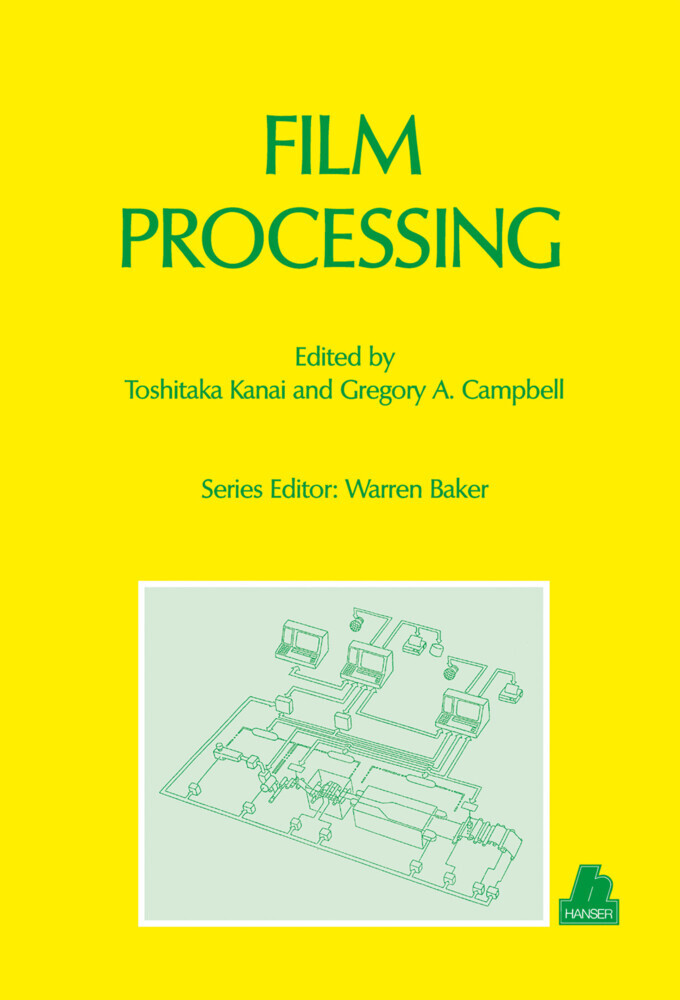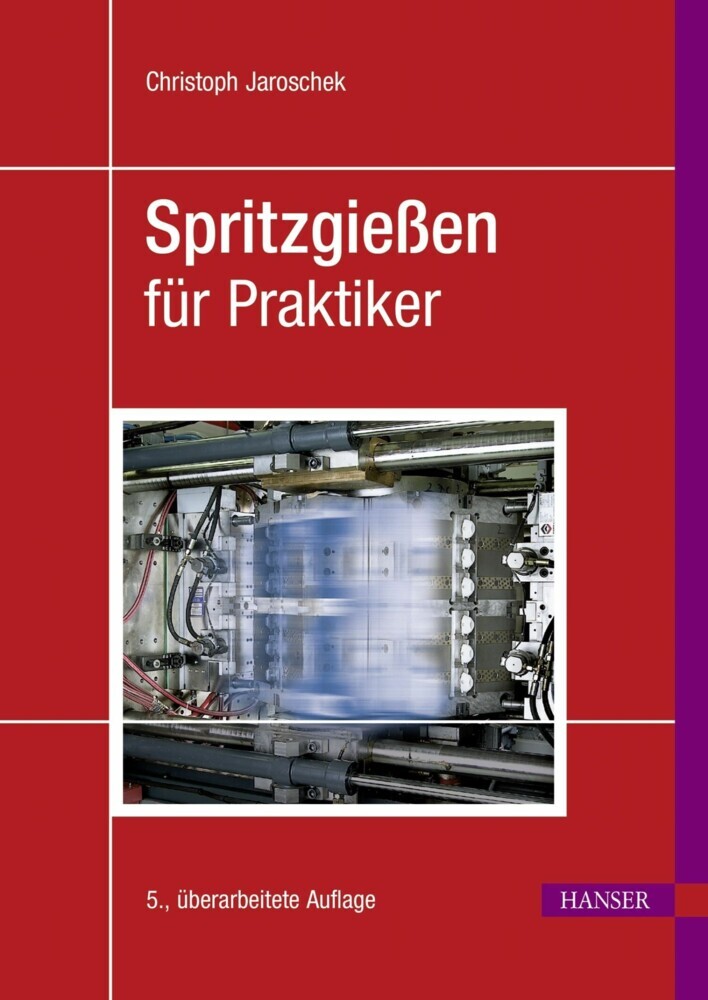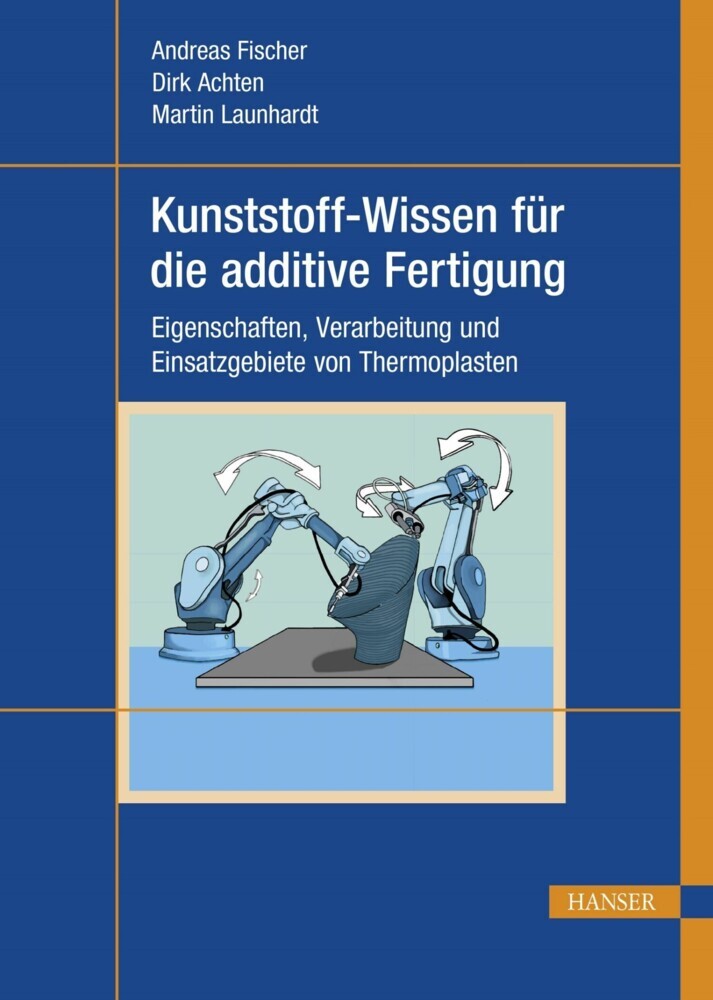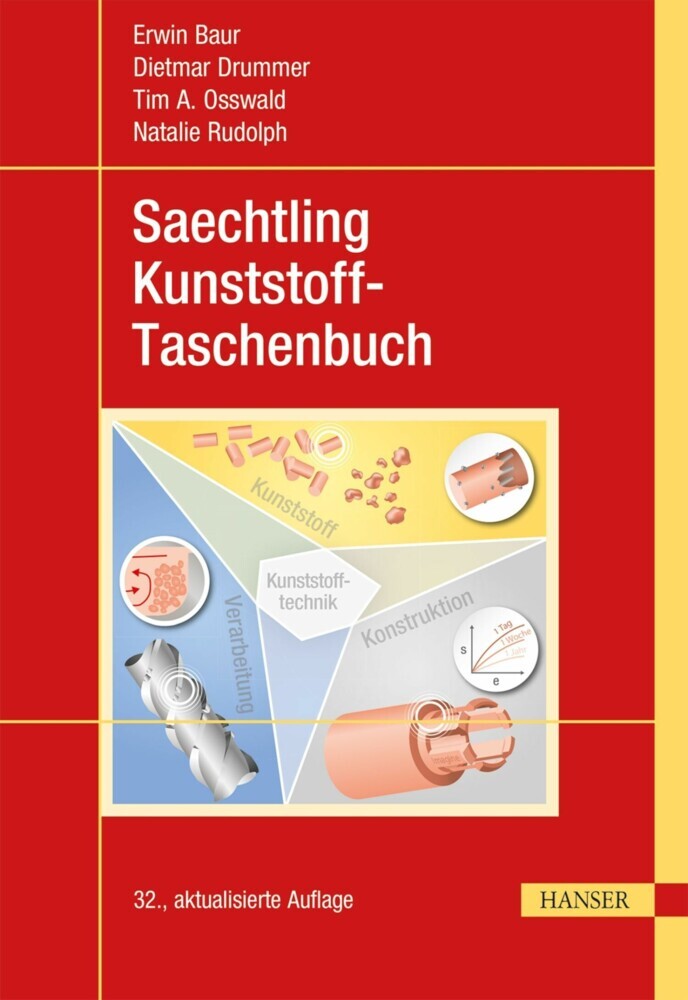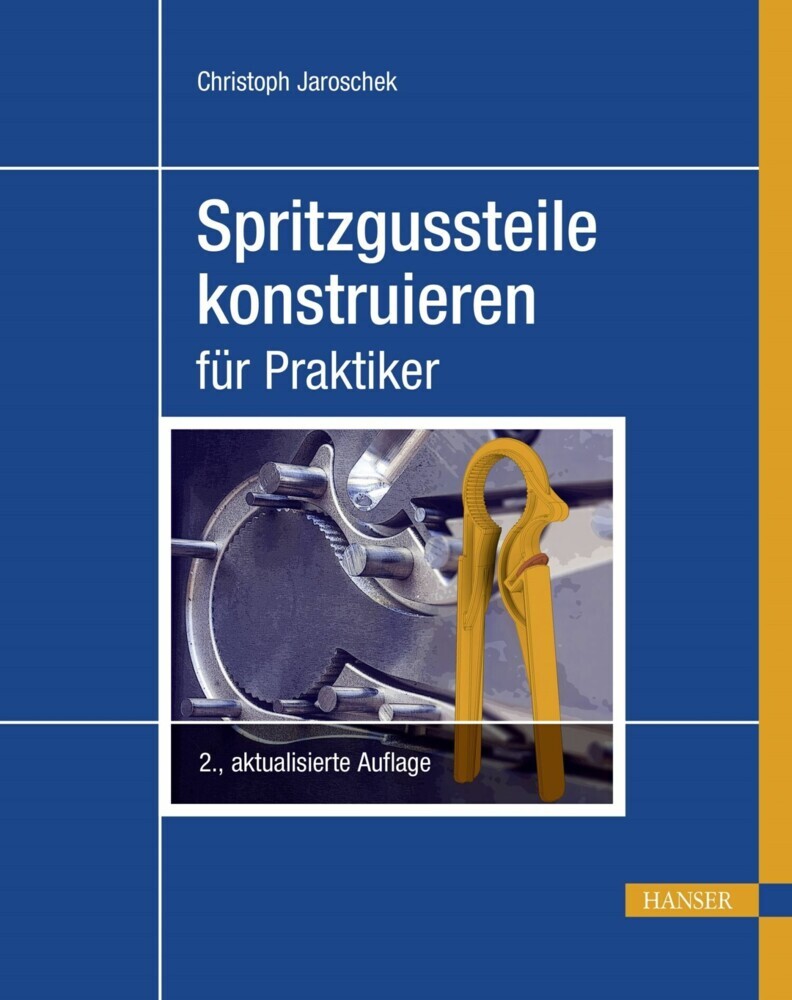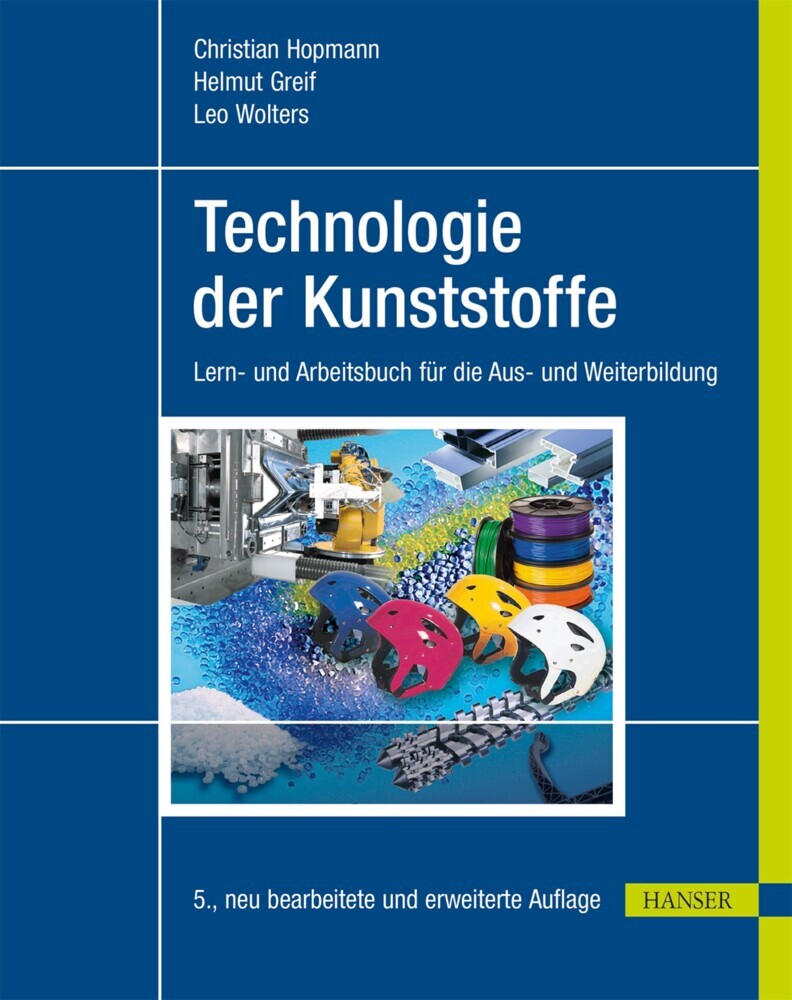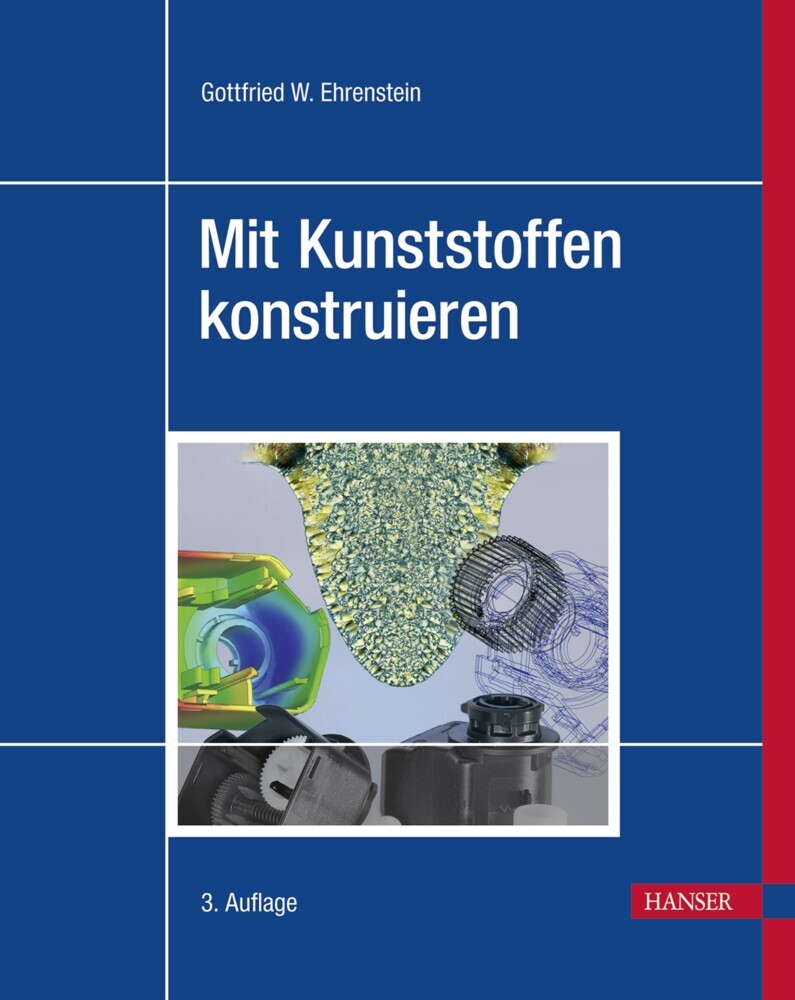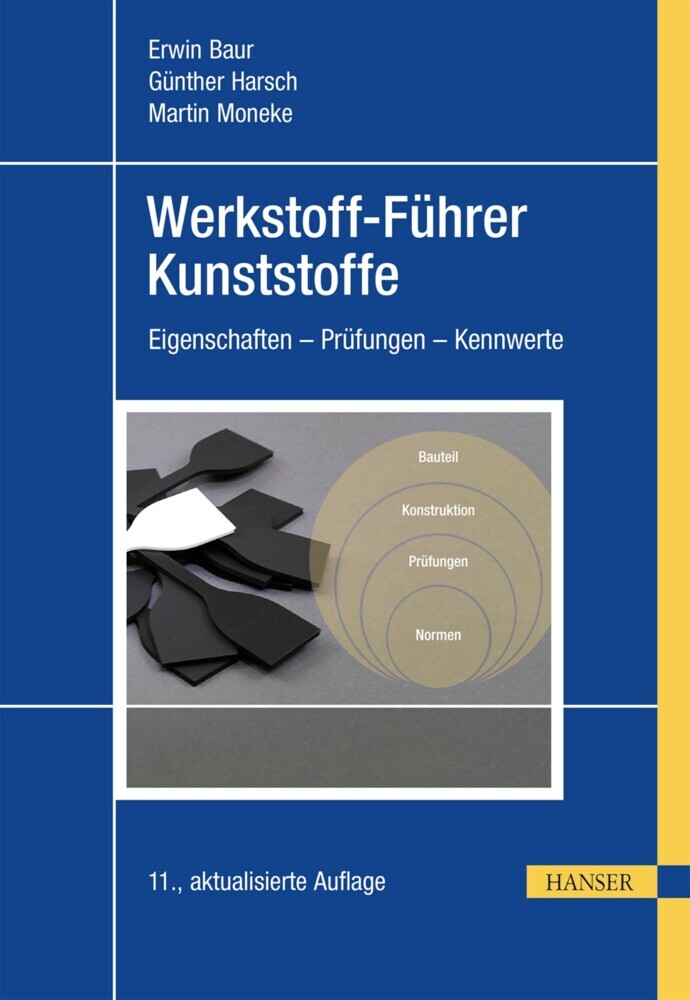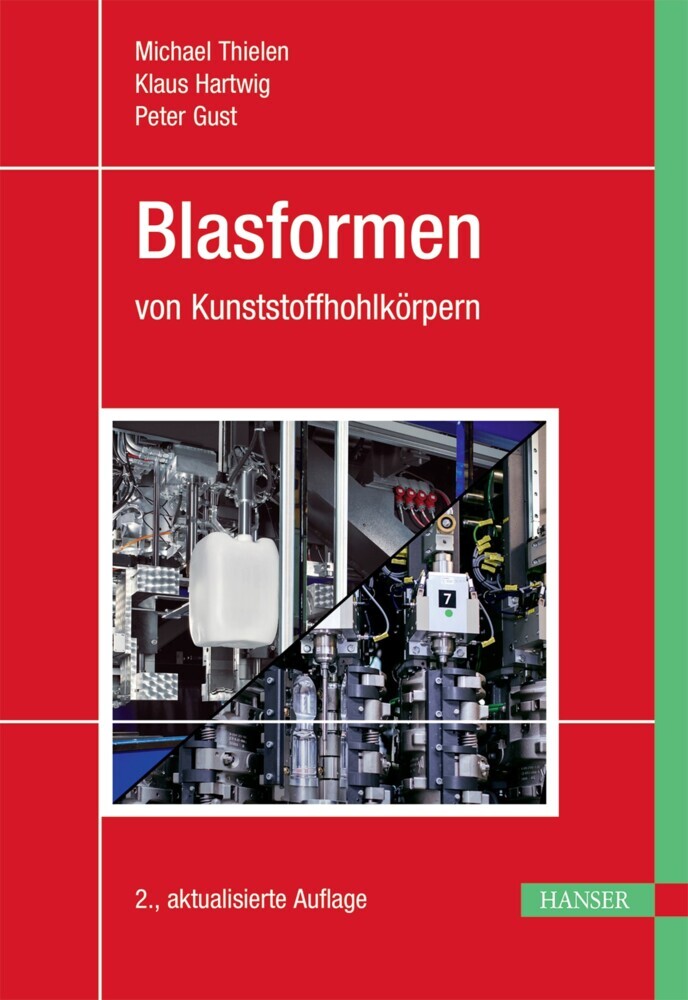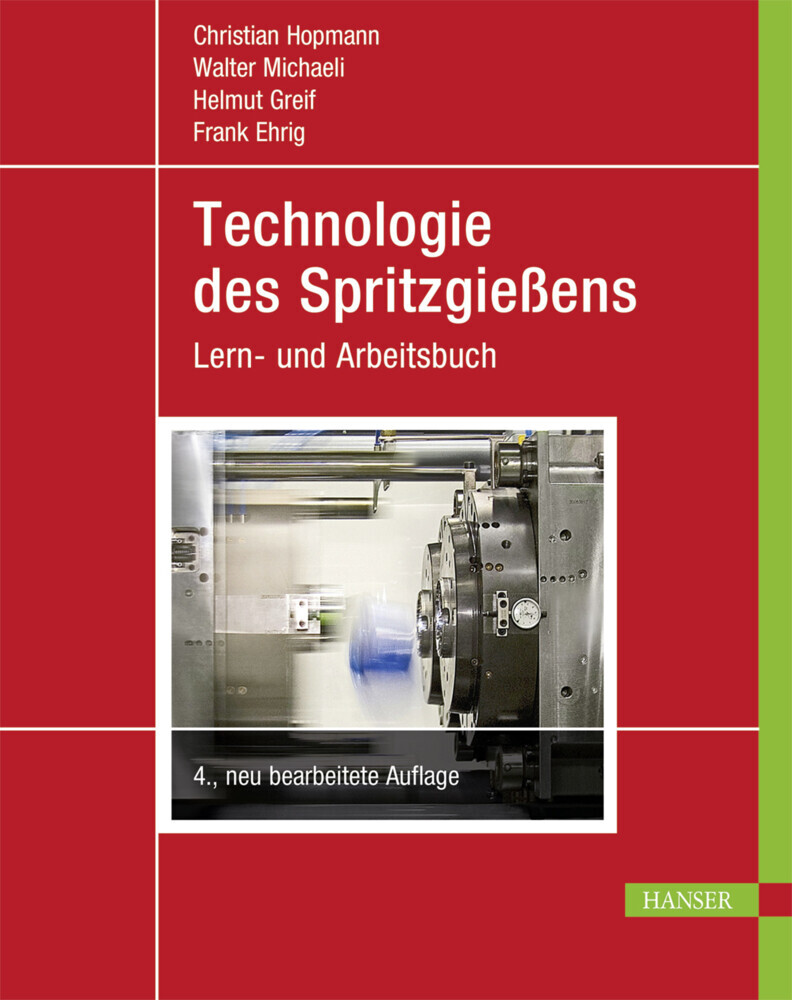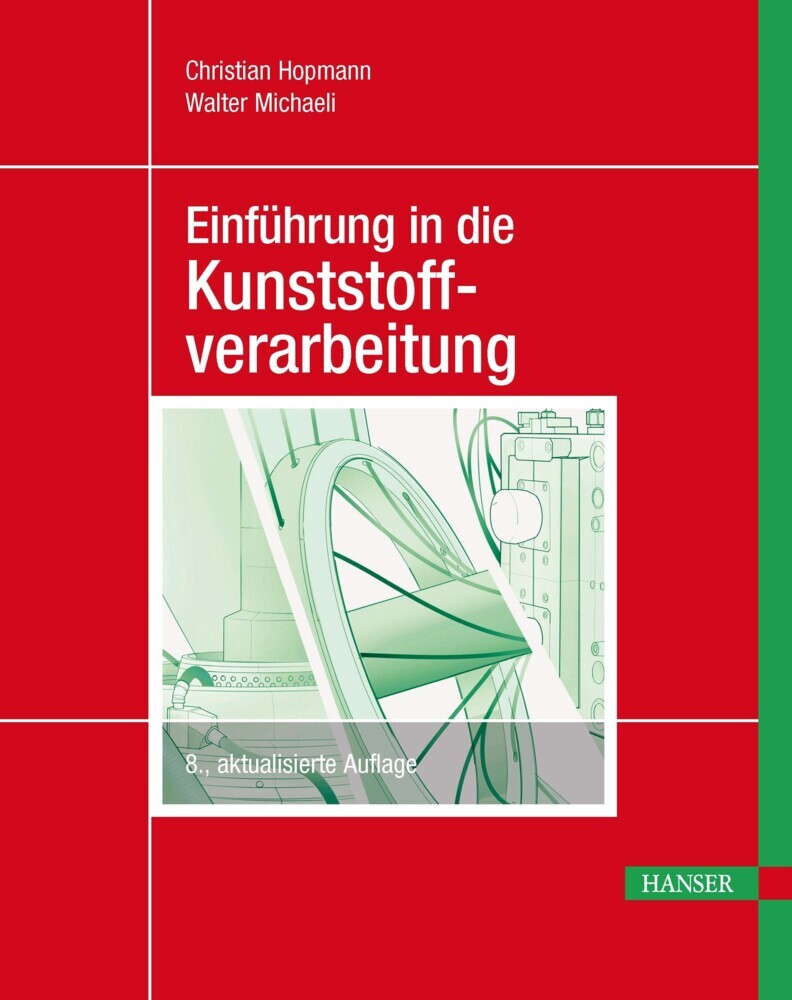Film Processing
The manufacturing process for preparing very thin polymer products has developed into what is arguably the largest outlet for synthetic polymers. The central theme of this volume is the developments in process hardware and operating techniques that permit increasingly high production rates, optimum property development, unusual degrees of molecular orientation, and the coextrusion of multi-layer, multi-component film and sheet. The strong relationships and the interdependence of these developments on the achievements in polymer design, such as rheology and mechanical and optical properties, are also discussed.
Contents:
· Film Processing Overview and Introductory Rheology
· Flat Die Analysis
· Spiral Die Analysis
· Die Control System of Film Thickness Distribution
· Kinematics, Dynamics and Physical Properties of Blown Film
· Bubble Instability: Experimental Evaluation
· Optical Properties and Structural Characteristics of Tubular Film
· Theoretical Analysis of Film Deformation Behavior in Casting
· Analysis of Draw Resonance Instability in the Film Casting Process
· Multilayer Films
· Biaxially Oriented Films
· Influence of Processing Conditions on Structure and Physical Properties of Biaxially Stretched Engineering Thermoplastics
· Theoretical Analysis of Tentering Process
· Double Bubble Tubular Film Process System and Theoretical Analysis of Stress Development and Scale-up Rule
Gregory A. Campbell, Ph.D., is Chief Technical Officer at Castle Associates, Jonesport, ME. He was previously professor and departmental chair of chemical engineeering at Clarkson University, NY. He formerly directed a research group at GM Research and managed polymer fabrication at Mobil Chemical Research. He is a Fellow and former Extrusion Board Member of the Society of Plastics Engineers (SPE).
Contents:
· Film Processing Overview and Introductory Rheology
· Flat Die Analysis
· Spiral Die Analysis
· Die Control System of Film Thickness Distribution
· Kinematics, Dynamics and Physical Properties of Blown Film
· Bubble Instability: Experimental Evaluation
· Optical Properties and Structural Characteristics of Tubular Film
· Theoretical Analysis of Film Deformation Behavior in Casting
· Analysis of Draw Resonance Instability in the Film Casting Process
· Multilayer Films
· Biaxially Oriented Films
· Influence of Processing Conditions on Structure and Physical Properties of Biaxially Stretched Engineering Thermoplastics
· Theoretical Analysis of Tentering Process
· Double Bubble Tubular Film Process System and Theoretical Analysis of Stress Development and Scale-up Rule
Gregory A. Campbell, Ph.D., is Chief Technical Officer at Castle Associates, Jonesport, ME. He was previously professor and departmental chair of chemical engineeering at Clarkson University, NY. He formerly directed a research group at GM Research and managed polymer fabrication at Mobil Chemical Research. He is a Fellow and former Extrusion Board Member of the Society of Plastics Engineers (SPE).
1;Contents;102;1 Film Processing: Overview and Introductory Rheology;222.1;1.1 Introduction;232.2;1.2 Cast Film;232.3;1.3 Blown Film;242.4;1.4 Tentering;242.5;1.5 Double Bubble Process;252.6;1.6 Volume Contents;272.7;1.7 Rheological Considerations;282.7.1;1.7.1 Shear Rheology;282.7.2;1.7.2 Elongational Rheology;292.7.3;1.7.3 Literature Review;303;2.1 Flat Die Analysis;353.1;2.1.1 Introduction;363.2;2.1.2 Simple Die Flow;363.3;2.1.3 Theoretical One-Dimensional Analysis of the Flat Die;393.4;2.1.4 Two-Dimensional Numerical Analysis of the Flat Die;513.5;2.1.5 The Multilayer Flat Die;574;2.2 Spiral Die Analysis;604.1;2.2.1 Introduction;614.2;2.2.2 Annular Flow Geometry;614.3;2.2.3 Basic Design Considerations;664.4;2.2.4 Mathematical Modeling;685;2.3 Die Control System of Film Thickness Distribution;795.1;2.3.1 Introduction;805.2;2.3.2 Cast Film.;805.3;2.3.3 Blown Film;855.4;2.3.4 Outlook;916;3.1 Dynamics, Heat Transfer, and StructureDevelopment in Tubular Film Extrusion of Polymer Melt;946.1;3.1.1 Introduction;956.2;3.1.2 Rheological Measurement;956.3;3.1.3 Local Kinematics;986.4;3.1.4 Temperature Profiles;1006.5;3.1.5 Heat Transfer;1016.6;3.1.6 Crystallization Rate;1066.7;3.1.7 Theoretical Analysis;1076.8;3.1.8 Dimensionless Analysis;1146.9;3.1.9 Predictions of the Model;1166.10;3.1.10 Physical Properties of High Molecular Weight HDPE Tubular Film;1186.11;3.1.11 Scaleup of High Molecular Weight HDPE;1216.12;3.1.12 Processability;1307;3.2 Kinematics, Dynamics, and Physical Properties of Blown Film;1347.1;3.2.1 Introduction;1357.2;3.2.2 Single-Phase Model Dynamics;1387.3;3.2.3 Fluid-Solid Models;1437.4;3.2.4 Property Development in Blown Film;1517.5;3.2.5 Summary;1597.6;3.4 Optical Properties and Structural;1777.6.1;3.4.1;1787.6.2;Introduction;1787.6.3;3.4.2 Background;1787.6.3.1;3.4.2.1 Structural Characteristics;1787.6.3.2;3.4.2.2 Electromagnetic Theory and Optical Characteristics;1797.6.3.3;3.4.2.4 Orientation;1837.6.3.4;3.4.2.5 Interaction of Electromagnetic Waves with Surfaces;1857.6.4;3.4.3 Measurement Methods;1877.6.4.1;3.4.3.2 Measurement of Orientation in Films;1897.6.5;4.1.1;2027.6.6;Introduction;2027.6.7;4.1.2 Analysis of Film Deformation under Steady State;2027.6.8;4.1.4 Analysis of Neck-In and Edge Bead Phenomena;2187.6.9;Relevance of the Problem in the Film Industry;2337.6.10;Draw Resonance in Newtonian Fluids;2337.6.10.1;4.2.4.2 Viscoelastic Fluids;2397.6.11;4.2.6 Conclusion;2457.6.12;5.4 Coextrusion of Cast Film/Sheet;2497.6.13;5.5 Coextrusion Feedblock and Multimanifold Dies;2507.6.14;5.7 Coextrusion of Blown Film;2577.6.15;5.8 Coextrusion Equipment Considerations and Auxiliaries;2598;3.3 Bubble Instability: ExperimentalEvaluation;1628.1;3.3.1 Introduction;1638.2;3.3.2 Theory;1658.3;3.3.3 Qualitative Experimental Analysis;1658.4;3.3.4 Quantitative Stability Analysis;1668.5;3.3.5 Summary;1769;3.4 Optical Properties and Structural Characteristics of Tubular Film;1779.1;3.4.1 Introduction;1789.2;3.4.2 Background;1789.3;3.4.3 Measurement Methods.;1879.4;3.4.4 Orientation Development in Vitrifying Tubular Film;1919.5;3.4.5 Structure Development in Crystalline Tubular Film;1929.6;3.4.6 Mechanism of Haze;19510;4.1 Theoretical Analysis of Film Deformation Behavior in Casting;20110.1;4.1.1 Introduction;20210.2;4.1.2 Analysis of Film Deformation under Steady State;20210.3;4.1.3 Analysis of Film Temperature;21210.4;4.1.4 Analysis of Neck-In and Edge Bead Phenomena;21810.5;4.1.5 Influence of Processing Factors on Film Properties;22610.6;4.1.6 Concluding Remarks;22911;4.2 Analysis of Draw Resonance Instabilityin the Film Casting Process;23111.1;4.2.1 Introducation;23211.2;4.2.2 Relevance of the Problem in the Film Industry;23311.3;4.2.3 Draw Resonance in Newtonian Fluids;23311.4;4.2.4 Draw Resonance in Non-Newtonian Fluids;23711.5;4.2.5 Mechanism of Draw Resonance;24311.6;4.2.6 Conclusion;24512;5 Multilayer Films;24612.1;5.1 Introd
Kanai, Toshitaka
Campbell, Gregory A.
| ISBN | 9783446401792 |
|---|---|
| Artikelnummer | 9783446401792 |
| Medientyp | E-Book - PDF |
| Copyrightjahr | 2013 |
| Verlag | Carl Hanser Fachbuchverlag |
| Umfang | 458 Seiten |
| Sprache | Englisch |
| Kopierschutz | Digitales Wasserzeichen |

